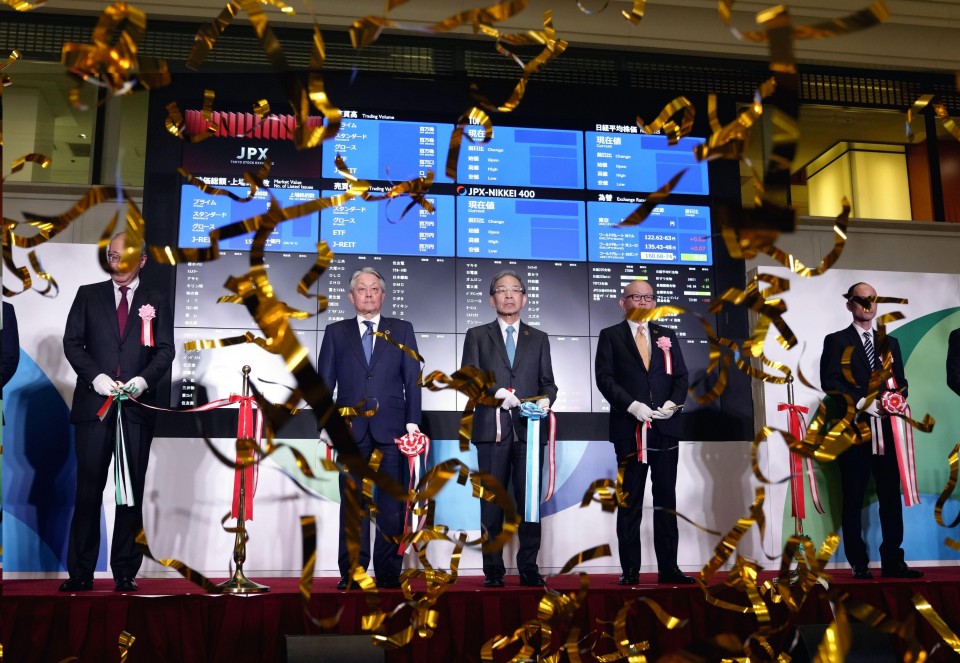Tokyo, 4 April, /AJMEDIA
The Tokyo stock market was reorganized Monday into three trading segments in a major reform aimed at imposing stricter listing standards and attracting more foreign investment.
The Prime, Standard and Growth markets replace the four sections formerly on the Tokyo bourse, as the operator has tried to create a clearer concept for each segment and revitalize a market that has fallen far behind its U.S. peers in terms of capitalization.
By tightening standards on trading liquidity and corporate governance, Tokyo Stock Exchange Inc. hopes the top-tier Prime Market will lure more foreign investors, who made up about 70 percent of the trading value on the former First Section.
The reorganization is the largest change to the core structure of the Tokyo bourse since 1961 when the First Section was founded upon the creation of the Second Section amid a growing number of companies during Japan’s period of rapid economic growth.
The new top-tier section consists of 1,839 of 3,771 listed on the bourse, including global names such as Toyota Motor Corp. and Sony Group Corp. The Standard Market for midsize firms and the Growth Market for up-and-comers consist of 1,466 and 466 firms, respectively.
The bourse operator requires companies on the Prime segment to have floating shares worth at least 10 billion yen ($81.6 million) that account for 35 percent or more of its outstanding shares.
The operator also calls on companies to improve corporate governance, including having outside directors make up one-third of board members and enhancing transparency by offering information to investors in English.
But investors and market observers see that the overhaul may create little change as over 80 percent of the roughly 2,100 issues on the First Section will slide over to the Prime segment.
About 300 firms did not meet the requirements to list on the top category but still earned a spot after submitting beforehand business plans on how to meet the criteria.
The operator launched discussions in 2018 about possibly reorganizing its market structure as it was difficult to differentiate the Jasdaq and Mothers sections, which both included up-and-coming companies.
There were also concerns that the First Section was bloated with smaller companies because the operator did not set stricter criteria for listed firms to move up to the top tier.
The revamp comes as Japan is seeking to boost its global standing. The Tokyo bourse had a capitalization of shares worth $6.17 trillion as of February, placing it fifth in the world behind markets such as the New York Stock Exchange and the U.S. Nasdaq, according to data by the World Federation of Exchanges.
In 1989, Tokyo briefly surpassed the New York bourse as the largest bourse in the world in terms of capitalization, calculated by using the foreign exchange rate at the time. The benchmark Nikkei stock index posted its record-high that year when Japan was in the midst of its asset-inflated bubble economy.
Shanghai is now the largest bourse in Asia, while other Asian markets are also growing, the federation’s data showed.

